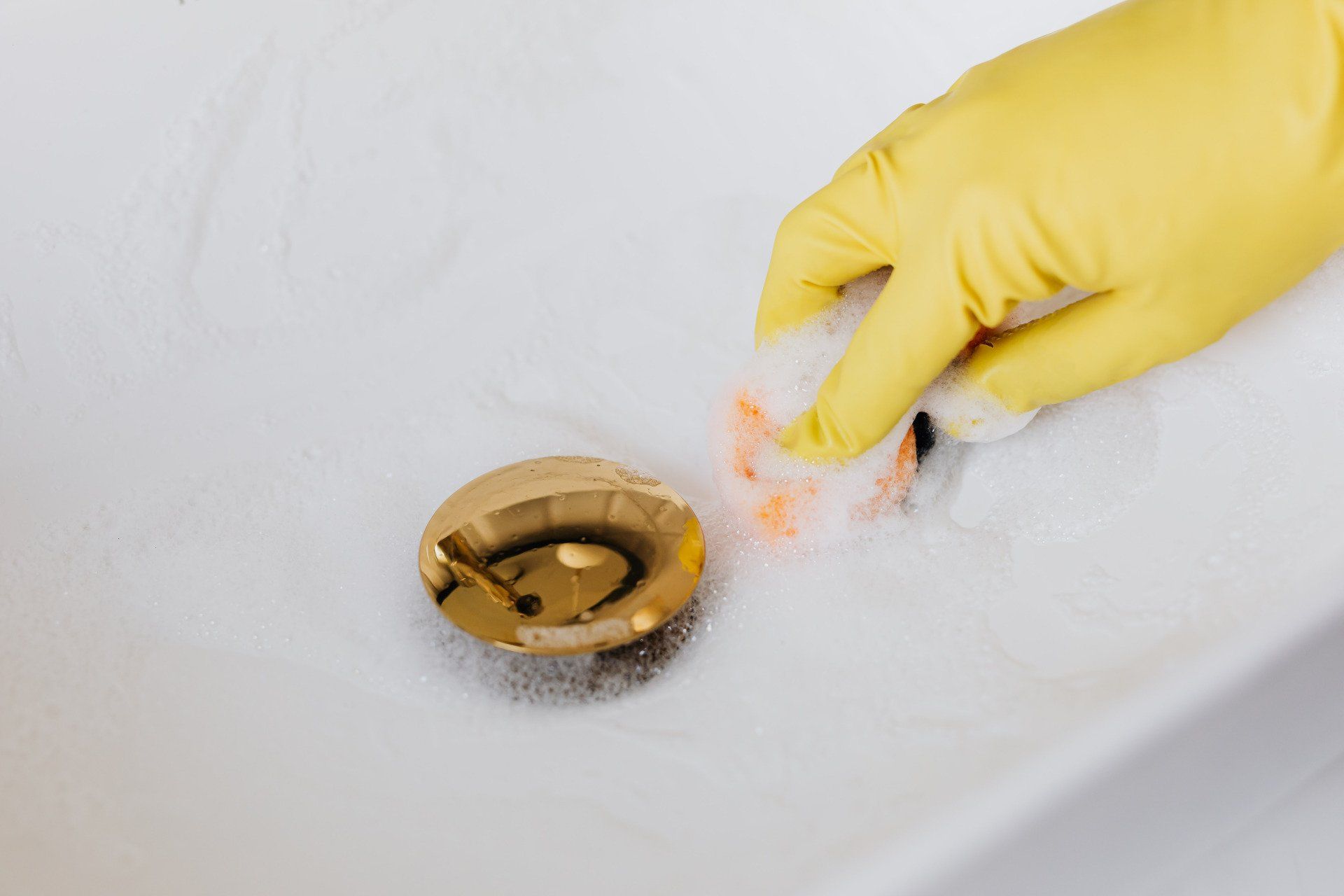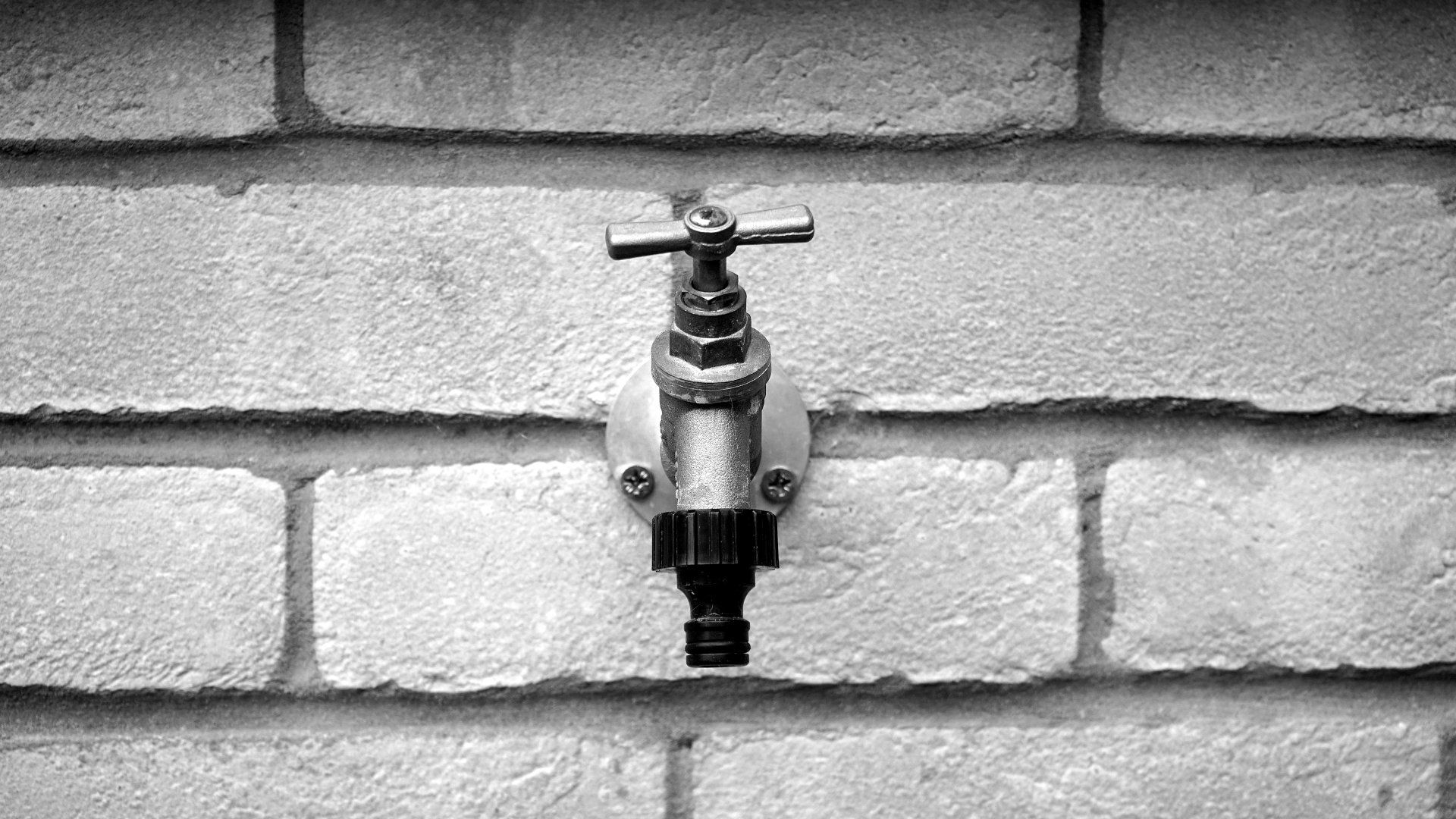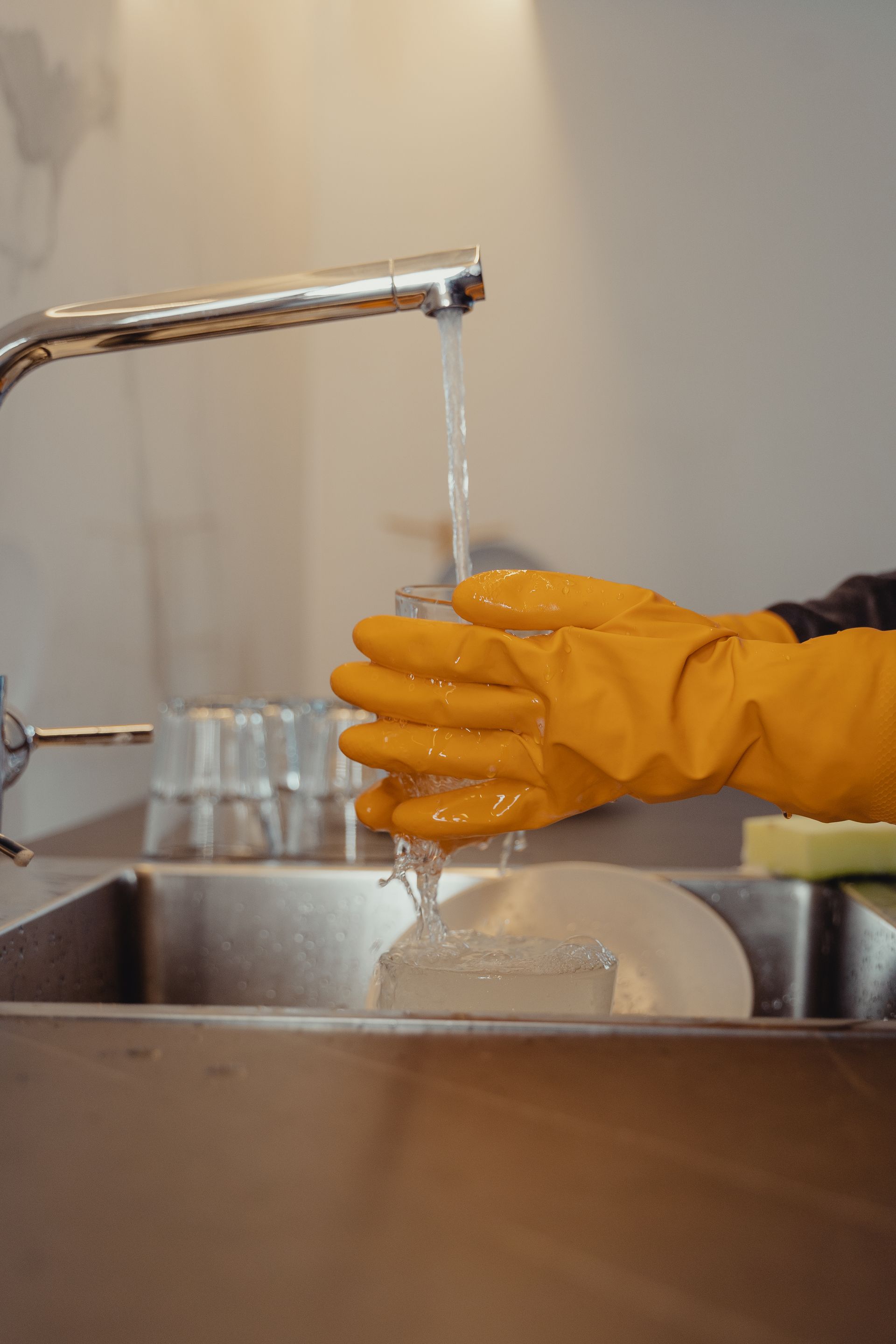Common Mistakes of DIY Water Heater Installation
Common Mistakes of DIY Water Heater Installation
With the abundance of information accessible on the internet today, many homeowners are learning DIY home projects on their own instead of hiring professionals. DIY is a great option. DIY method has its pros and advantages, such as saving money. But, in some cases, cutting corners may result in more expense in the end.
A variety of plumbing tasks, such as the installation of a tank-mounted water heater, is best done by people with the right knowledge and equipment, like licensed plumbers. There are many errors that homeowners make when they attempt the process of DIY water heater installation, including selecting the wrong size tank and location, to poor selection of material, not adhering to the building codes, and so on.
Be careful not to make these errors when installing your tank water heater:
1. Making the wrong choice by choosing the wrong size
Your brand new water heater might be set to fail even before it has warmed up the initial gallon of water. Tank water heaters range between 30 and 80 gallons. The size you will need will depend on the people living in your home and the use of hot water. If you purchase an appliance that is too small, you'll be constantly running out of hot water. But if your tank's big, it will cost you cash on your monthly energy costs because you'll be heating water which you don't really need.
2. Installation in a hazardous place
The location you put your water heater is crucial to ensure safety, convenience, and effectiveness. In accordance with your local codes, it is possible to find prohibited or restricted places to put in tanks for water heaters like attics, storage closets, or under floorboards. If you're replacing an old water heater, don't assume that the same space is suitable since the latest models are more insulated and larger than older models. A skilled plumber will ensure the water heater is equipped with access to it and enough room for airflow.
3. Inadvertently putting a drain pan beneath the tank
The draining pan should be suggested (or necessary) beneath a tank water heater to catch any water that might escape or leak out of the heater. The drain pan should be made of corrosion-resistant material and must be at minimum 1.5 inches high and 2 inches wider than the dimensions of the tank water heater. Not putting in the drain pipe or using the wrong size could increase the risk of water damage in the near future.
4. Insufficient setup of the valve for pressure relief
The valve for pressure relief is a security feature that allows water to escape from the tank in the event that the temperature or pressure inside is excessively high. When the release valve is not properly installed, you are at the risk of having your water heater bursting or even going off.
5. Connections and material selections are not ideal.
Installation of a water heater that is not done with the proper education and experience can result in negative outcomes. For instance, it's crucial to choose the appropriate kind (and dimensions) of pipes. Also, you should avoid mixing metals, employ the correct soldering technique and also run pipes in a particular manner. Every mistake can invalidate the warranty of the equipment, harm the performance of the water heater and efficiency, and even lead to system failure.
6. In the absence of a permit or using codes
When homeowners undertake DIY tasks, they typically think that they are exempt from permits and building codes, but this isn't the case. The rules are there for a reason; not following these steps could prove dangerous and expensive. A professional plumber will ensure that your water heater installation goes according to the guidelines.
Get a
FREE Quote
You might also like




